How to Use a Pruning Saw?
If you’re looking for a way to keep your plants healthy and tidy, you might want to consider using a pruning saw. A pruning saw is a handy tool that can help you cut through thick branches and stems that are too big for regular scissors or shears. Pruning can improve the appearance, growth, and yield of your plants, as well as prevent diseases and pests. In this guide, we will show you how to use a pruning saw for your garden and share some tips and tricks to make the process easier and safer. Let’s get started with BeBest to get the hang of how to use a tree pruning saw!
General Pruning Technique
Do you want to learn how to prune your plants like a pro? Pruning is a great way to keep your plants healthy, happy, and beautiful. It’s not hard to do, but you need to know some basic rules and techniques. Here are some tips to help you out:
Gather the Right Tools
It’s crucial to arm oneself with the right tools before starting your pruning adventure. Having the right tools not only makes the pruning process smoother but also ensures that you achieve clean and precise cuts. Common pruning tools include:
- Hand Pruners: Hand pruners, also known as secateurs, are perfect for trimming smaller branches and stems. Bypass pruners and anvil pruners are the two varieties available. Bypass pruners work like scissors, making clean cuts, while anvil pruners have a blade that closes onto a flat surface, which may crush delicate stems.
- Loppers: For thicker branches that hand pruners cannot handle, loppers come to the rescue. These long-handled pruning shears offer greater leverage and cutting capacity, making them ideal for branches up to two inches in diameter.
- Pruning Saw: When confronted with even larger branches that loppers can’t manage, a pruning saw is your best friend. Pruning saws have sharp, serrated blades designed to cut through dense and fibrous plant material with ease.
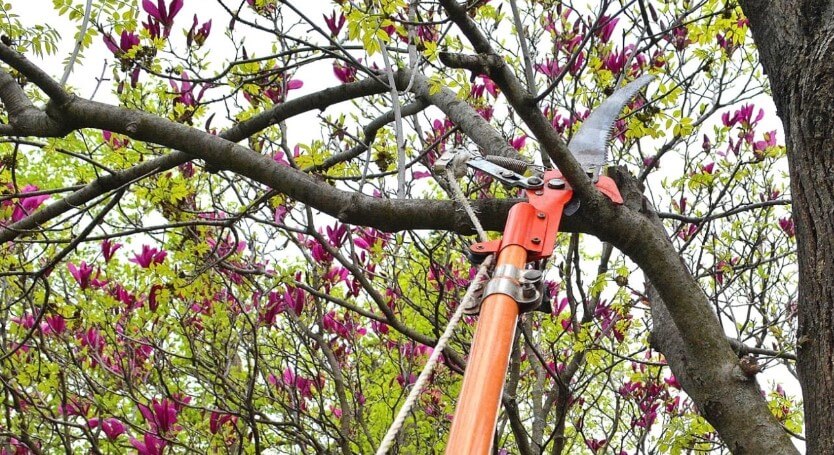
Identify Dead or Diseased Branches
To kick-start your pruning session, begin by carefully inspecting the plant or tree for any dead, diseased, or damaged branches. The general health of the plant may be endangered by these branches, in addition to being ugly. Dead branches deprive the plant of valuable resources, while diseased or damaged ones can spread infections to other parts of the plant.
Identifying and removing these problematic branches early on will promote the plant’s vitality and encourage new growth in the right direction.
Remove Crossed Branches
As you delve deeper into the pruning process, keep an eye out for branches that are crossing or rubbing against each other. This phenomenon often occurs when branches grow in dense clusters or close proximity. The constant friction between crossed branches can lead to injuries and bark damage, creating entry points for diseases and pests.
However, to rectify this, carefully assess the strength and health of the crossed branches. Choose the weaker of the two and make a precise cut at the base. This will eliminate the potential for further damage and allow the remaining branch to flourish unhindered.

Trim Overgrown Branches
Overgrown branches can disrupt the plant’s natural shape and compromise its aesthetic appeal. When you encounter excessively long branches that extend beyond the desired boundaries, it’s time to trim them back to an appropriate length.
When making the cut, aim to do so just above a bud or lateral branch. This strategic approach ensures that new growth will sprout in the desired direction, contributing to a more balanced and visually appealing plant structure.
Maintain the Plant’s Natural Shape
While you keep on trimming, always keep the plant’s natural shape and form in mind. Avoid making drastic cuts or altering the plant’s structure that may disfigure its appearance. The goal is to enhance the plant’s beauty and health while preserving its inherent charm. Therefore, by carefully trimming and shaping the plant according to its natural growth pattern, you’ll achieve a more harmonious and visually pleasing garden landscape.
Prune in the Right Season
When it comes to pruning, timing is everything, and depending on their growth habits and flowering cycles, many plants have distinct trimming needs. Deciduous plants should often be clipped when they are dormant, which is in late winter or early spring.
The plant may focus its energy on new development as the warmer seasons approach while in dormancy when it is less likely to be stressed by the pruning procedure.
On the other hand, spring-flowering shrubs should be clipped as soon as their blossoming is over. Pruning them too early could remove the buds and reduce the next season’s bloom.
Understanding the optimal pruning season for each plant in your garden will result in healthier and more vibrant growth.
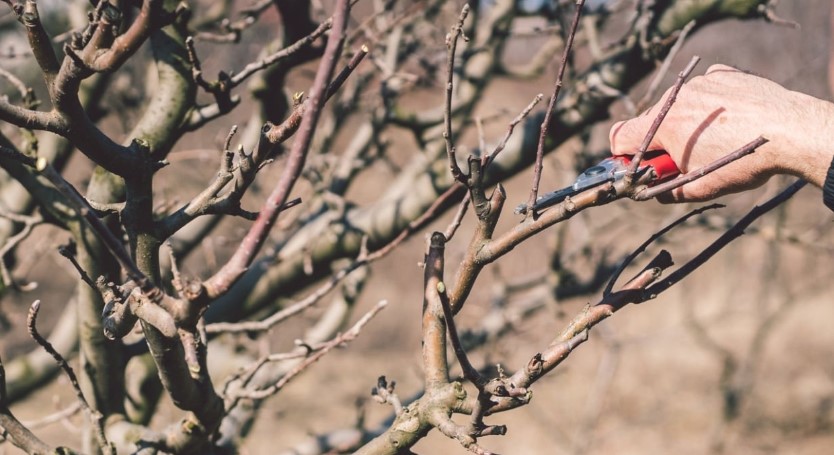
Be Mindful of Branch Collars
As you make your cuts during pruning, it’s vital to be mindful of the branch collars. Where the branch joins the main stem or trunk, there is a slightly enlarged region called the branch collar. This region contains specialized cells that aid in the healing process after a cut.
To promote the plant’s ability to seal the wound and prevent disease entry, avoid making cuts too close to the branch collar. Instead, make your cuts just outside the collar, leaving a small amount of the branch intact to aid in the healing process.
Step Back and Assess
After every cut, take a step back and assess the plant’s appearance. This practice allows you to evaluate the impact of your pruning decisions and make informed choices for the next cuts. Therefore, by stepping back and observing the overall effect of your pruning efforts, you can ensure that you achieve the desired shape and structure for your garden.
Clean Your Tools
Once you’ve completed your pruning tasks, don’t forget to give your tools some well-deserved attention. Cleaning your pruning tools after each use is essential to prevent the spread of diseases between plants.
Use a disinfectant solution to clean the blades of your pruners, loppers, and pruning saw. This simple practice will help maintain the health of your plants and prevent potential infections.
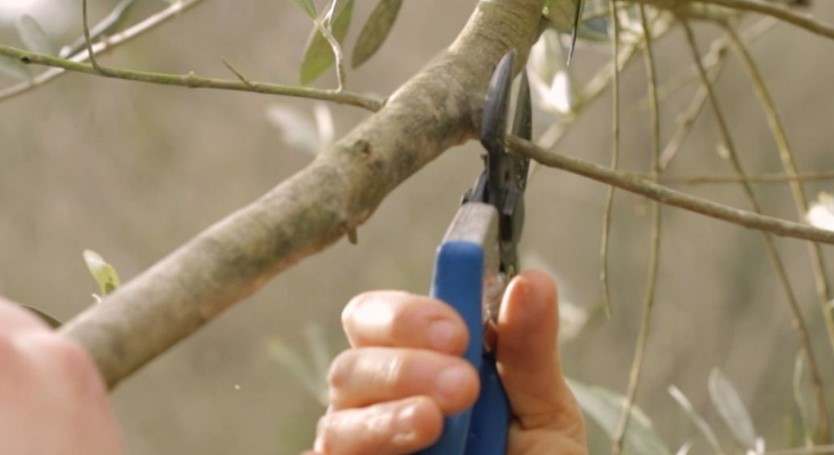
Dispose of Pruned Material
Properly disposing of the pruned branches and leaves is the final step in the pruning process. If the pruned material is free from diseases, consider composting it to enrich your garden soil.
However, if any of the pruned branches show signs of disease or infestation, it’s essential to dispose of them properly. Check your local regulations for the appropriate method of disposal to prevent the spread of pathogens to other plants.
How To Use A Pruning Saw Safety
You want to know how to use a pruning saw safely, right? Well, you came to the right place. This article is going to tell you everything you need to know about this handy tool and how to avoid getting hurt while using it. First of all, what is a pruning saw? It’s a type of saw that has a curved blade and sharp teeth that can cut through branches and stems of plants. You can use it to trim your trees, shrubs, or hedges and keep them healthy and beautiful.
But before you start cutting, you need to make sure you have the right equipment and follow some safety rules. Here are some tips for you:
- To avoid cuts and splinters, cover your hands, eyes, and skin with gloves, goggles, and long sleeves.
- Choose a pruning saw that fits your hand comfortably and has a good grip. You do not want it to slip or slide while you’re working.
- Check the blade for any damage or rust. If it’s dull or rusty, you need to sharpen it or replace it. Your task will be easier and safer with a sharp blade.
- Pick a branch that you want to cut, and make sure it’s not too thick or too high. You should be able to reach it easily and have enough space to move your saw back and forth.
- Make a small cut on the underside of the branch first, about a third of the way through. This will prevent the branch from splitting or tearing when you cut it from the top.
- Then, make a second cut on the top of the branch, slightly beyond the first cut. The branch should fall off easily and cleanly.
- Repeat the process for any other branches that you want to prune. Do not cut too many at once or you might damage the plant or make it look uneven.
- When you’re done, clean your saw with a damp cloth and dry it well. Keep it out of the reach of kids and animals in a secure location.
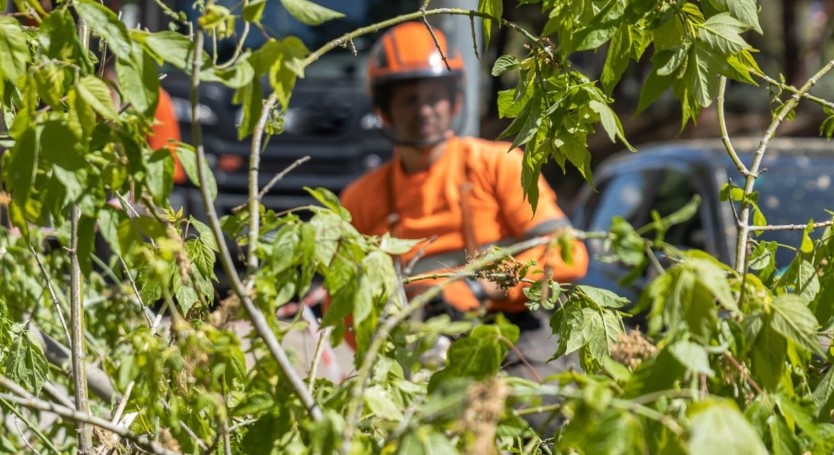
Maintenance and Storage of Pruning Saw
A pruning saw is a valuable tool for gardeners and landscapers who need to cut through thick branches and stems. However, to ensure the longevity and performance of your pruning saw, you need to follow some basic steps for its maintenance and storage. Here are some tips to help you keep your pruning saw in good condition.
- Each time you use your pruning saw, clean it. To clean the blade and the handle of any sap, dirt, or debris, use a moist cloth or a soft brush. Avoid using strong substances that might harm the blade’s metal or coating, such as abrasives or chemicals.
- Sharpen your pruning saw regularly. The utilization of a dull blade will amplify the difficulty of cutting tasks and elevate the potential for injury. The sharpening process can be executed utilizing a file, whetstone, or a specialized sharpening implement. Adherence to the manufacturer’s stipulations and the angle of the teeth during the sharpening procedure is strongly recommended. Furthermore, it is advisable to don gloves and safety goggles when handling cutting implements of heightened sharpness.
- Oil your pruning saw occasionally. On the blade and the screws, a thin layer of oil will help prevent rust and corrosion. You can use mineral oil, machine oil, or a spray lubricant designed for metal tools. Before putting your pruning saw away, dry a dry cloth to remove any extra oil.
- Store your pruning saw in a dry and cool place. You need to avoid exposing your pruning saw to moisture, heat, or direct sunlight, which could cause warping, cracking, or fading of the blade or the handle. You can use a protective case, a sheath, or a hook to store your pruning saw safely and securely. Keep your pruning saw out of reach of children and pets.
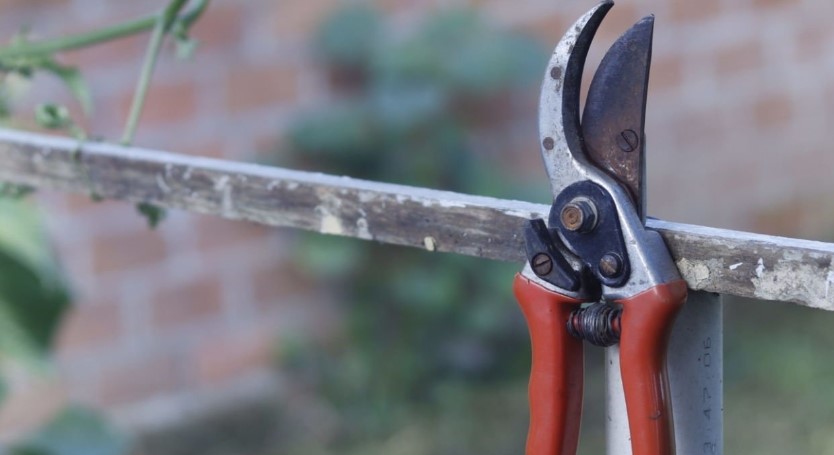
FAQs
A pruning saw is a tool that can help you cut the branches and stems of trees and shrubs. Here are some frequently asked questions about how to use a pruning saw:
How do I choose the right pruning saw for my job?
There are different types of pruning saws, such as folding, fixed, or pole saws. The best one for you depends on the size and location of the branches you want to cut. Folding saws are compact and easy to carry, but they may not be suitable for thick branches. Fixed saws are sturdy and can handle larger cuts, but they are heavier and harder to store. Pole saws have long handle that can reach high branches, but they are less precise and require more strength to use.
How do I sharpen a pruning saw?
A pruning saw needs to be sharpened regularly to maintain its cutting performance. The teeth of the blade can be sharpened using a file or a sharpening stone. Follow the angle of each tooth and file, or rub it gently until it is sharp. Be careful not to damage the teeth or hurt yourself.
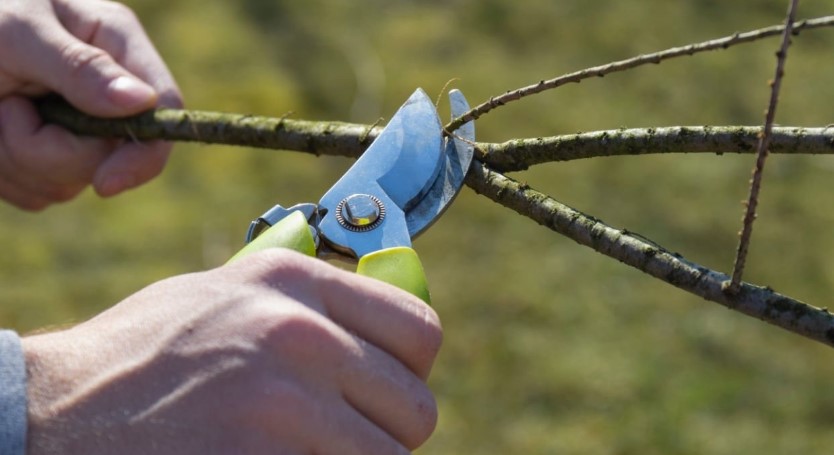
How do I clean a pruning saw?
A pruning saw can get dirty and rusty from the sap and moisture of the wood. You should clean it after each use to prevent corrosion and infection. You can use a cloth or a brush to wipe off the dirt and sap from the blade. To clean the blade, you may also use rubbing alcohol or a light detergent. To prevent rust, thoroughly dry the blade and then coat it with wax or oil.
How do I store a pruning saw?
A pruning saw should be stored in a dry and cool place, away from moisture and heat. You can use a sheath or a case to cover the blade and prevent it from getting dull or damaged. You can also hang the saw on a hook or a nail to keep it out of reach of children and pets.
The Bottom Line
In conclusion, learning how to use a pruning saw for your garden properly will greatly improve your gardening experience. You may confidently tackle pruning jobs with effectiveness and accuracy by carefully following the step-by-step instructions provided in this article. Always put safety first, select the proper pruning saw for the job, and frequently maintain its sharpness.
You’ll discover that a pruning saw is a crucial tool for keeping your garden healthy and beautiful as you practice and hone your abilities. So embrace the art of pruning and utilize a well-used pruning saw to help your garden flourish under your competent management.
Related Articles